As I said in my previous post, the casting of the film adaptation of my book, The Way, My Way, didn’t happen overnight.
I mean, how do you cast someone to play me?
I rejected Brad Pitt because he wasn’t buffed enough, I rejected George Clooney because he wasn’t suave enough, I rejected Hugh Jackman because I was concerned he couldn’t do a convincing Australian accent…
So I cast Chris Haywood.
Chris is one of Australia’s finest actors. Theatre trained, with more than one hundred Australian films under his belt, Chris was a natural choice for many reasons.
Firstly, Chris and I go back to 1984, when he played the lead, opposite Jennifer Cluff who played female lead, in my Vietnam veterans drama, A Street to Die. Chris won the Australian Film Institute Award for Best Actor for his performance, and later we worked on other films too.
Perhaps the most memorable was in my Outback noir thriller, Kiss or Kill, where he played a detective chasing down a serial killer. The film includes the now famous “bacon scene,” which won Chris another AFI nomination.
Here is that scene:
https://aso.gov.au/titles/features/kiss-or-kill/clip3/
Sometime back I´d made the decision to have the real pilgrims who walked with me play themselves in the movie. I knew that Chris was masterful at working with “actuals,” and he was also unfazed by working on small productions.
I needed this film to be crewed tight and lean because there was no way I could get the real authenticity of the Camino if I had a large crew. I knew that Chris would chip in, become part of the team, part of the family – which he has done with full vigor.
Chris and I have kept in touch over the years and he knows me. That was also an important factor in the casting. If an actor was to play me, then that actor needed to know me. Yes Chris is a few years older, but that didn’t bother me – he has a mischievous and rascally streak in him and a flagrant disregard for rules regulations and authority, which some people claim is what I have.
Personally, I don’t see it, but then how would I know.
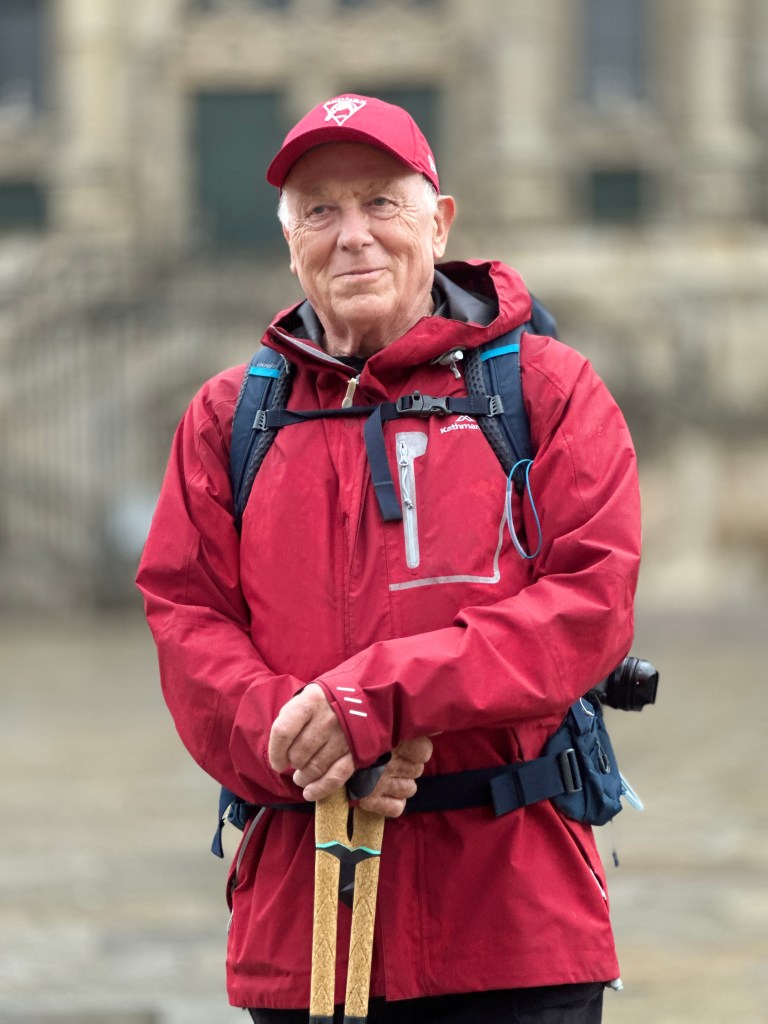
There are four other actors in the film, the rest are “actuals,” or non actors.
The first is Jennifer Cluff, who plays my wife in the film. Perhaps I should call her an actual, but she’s one of Australia’s finest actresses with a career that goes back to . She played Chris Haywood´s wife in A Street to Die.

Laura Lakshmi (below) plays the role of Rosa, who was one of the Biarritz Taxi Four, the four of us sharing a taxi from Biarritz airport to St Jean Pied de Port – and forming friendships for life. The real Rosa couldn’t unfortunately join the production because she’s just had a young baby. But Laura has done a stellar job in playing her…

Pia Thunderbolt plays the character of Cristina, who is a mysterious and haunted looking pilgrim who intersects with Bill’s journey to Santiago intermittently. She finally reveals her devastating secret on the mountain top of O Cebriero. Cristina is a composite character of several pilgrims I met on my five Caminos.

Spanish acto Daniel Espuńa plays a pilgrim I met on and off along the way. He told me that when he first met me, I came across as an arrogant wanker (I’m certain he must’ve mistaken me for someone else) but that later on when he met me again, I’d changed.
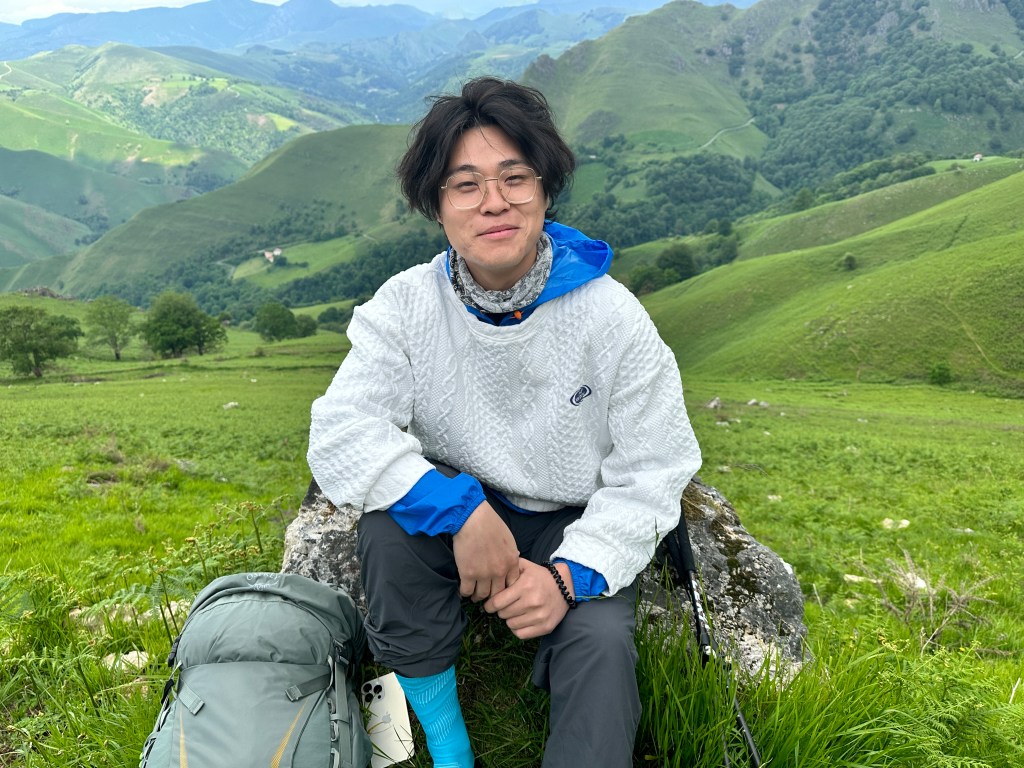
Then there’s the “actuals,” and the non actors. The actuals include:
Balazs Orban, who was one of the Taxi Four and played a huge role in helping me finish the Camino. He’s Hungarian, and a remarkable man –

Then there’s another Hungarian, Laszlo Vas, who was an inspiration to me during my walk, and to all of us in the crew during filming.

The two pilgrims that make such an impact in my book, and have become dear friends to Jennifer and me, are Ivan the Terrible (Beeel) and His Beautiful Wife Giovanna. (You take taxi, no?) They were on set every day, even when not doing their scenes, and kept me laughing always.

The non actors, those that aren’t professional actors but who have a connection with the Camino and who play roles are:
Kurt Koontz, a dear dear friend from Boise Idaho who plays an American I met who was quite convinced that I made porn. Kurt did a remarkable job playing a skirt-chasing mysoginistic loud-mouth and Kurt told me it was a big stretch for him to play such a role – he had absolutely no idea why I’d cast him – but he’d do his best. His best will be one of the highlights of the film.

Another dear Camino friend is Patty Talbot, who plays a woman whose name I can’t remember. Patty, in her performance, left Kathey Bates in Misery in the shade…

On my Camino, I asked a waiter to take a group photo of myself with my pilgrim friends. The waiter, predictably, took the shot and left in too much headroom. I told him this, gave him the camera back, asked him to do it again. Again there was too much headroom. I pointed this out to him, again asked him to take the shot and this time to get it right – we must have done it five or six times and he nearly knocked my block off.
Marie Dominique Rigaud, another very close Camino friend, played the role with gusto and left us all laughing –
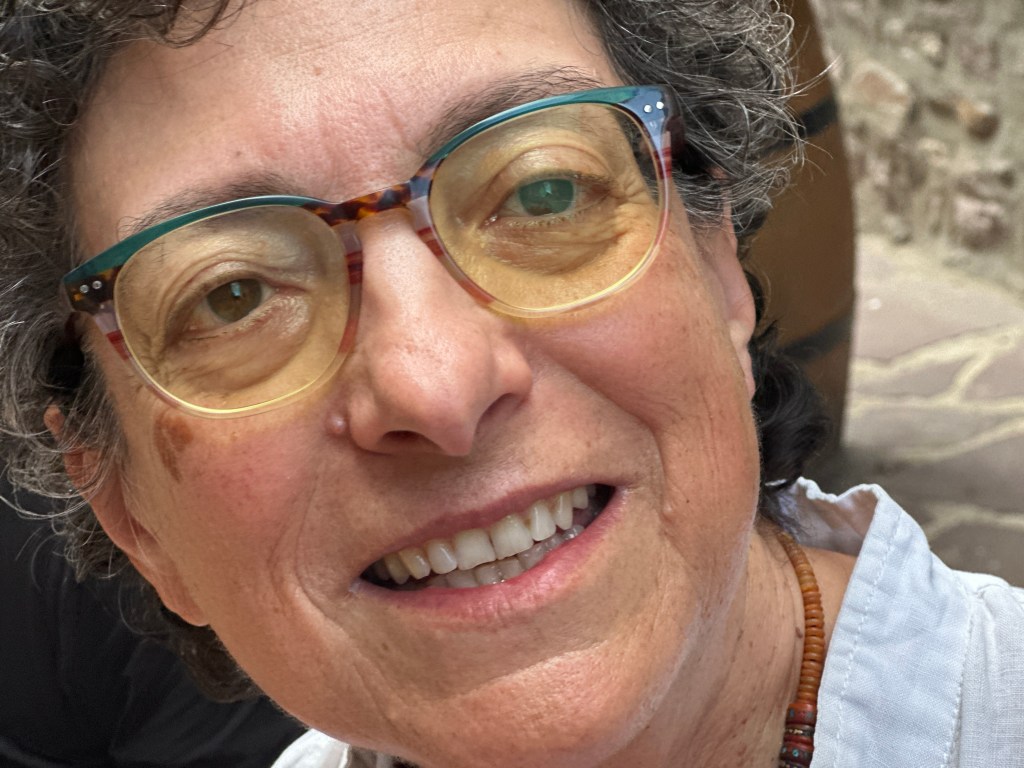
The actuals and non actors have given performances that are real and truthful. And the actors, working with them, have had to fine tune their performances to match their level of authenticity.
It´s going to be a unique film.





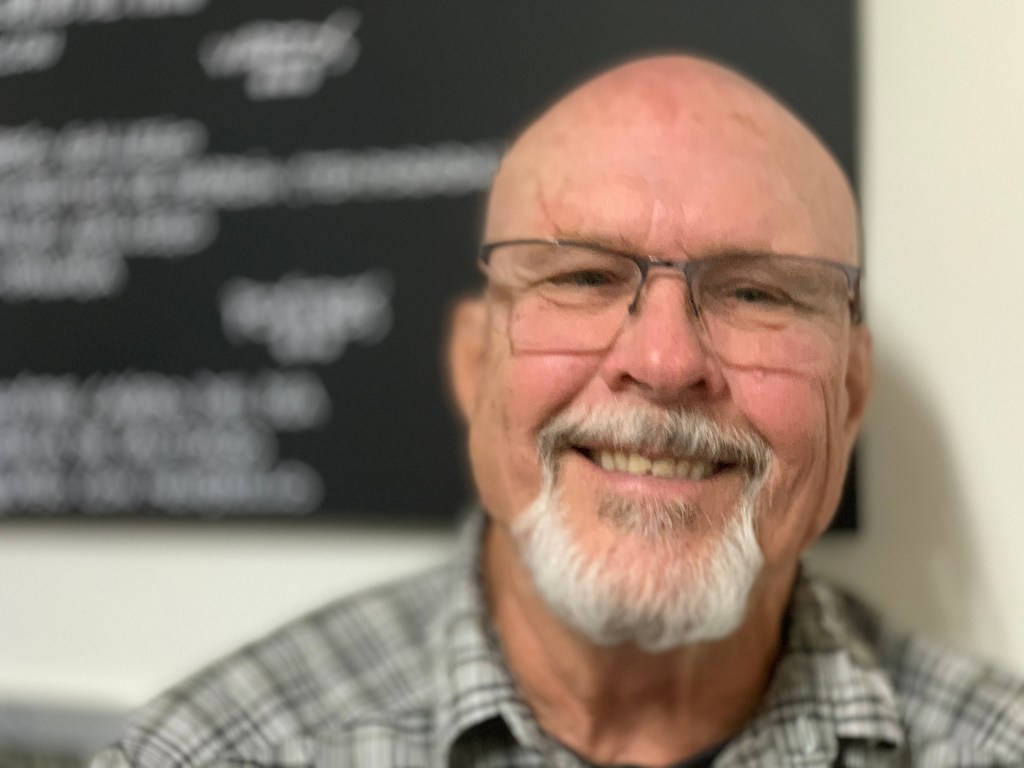




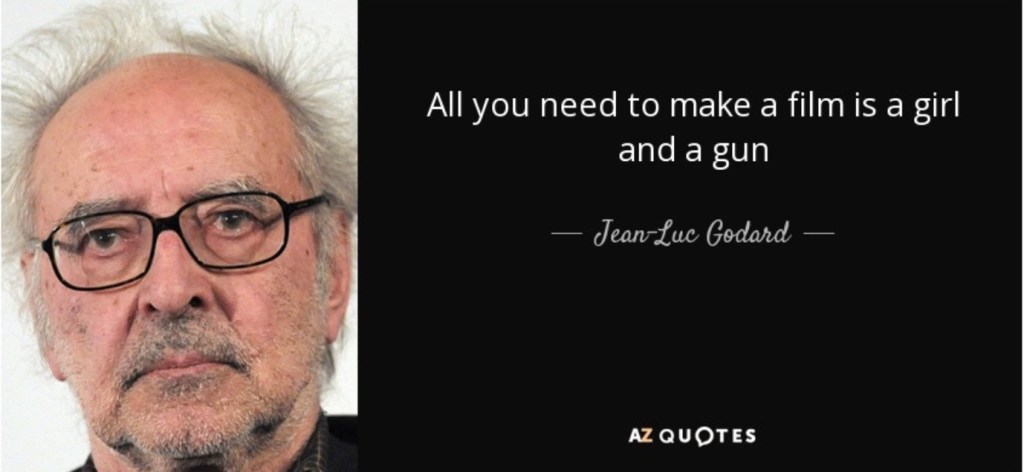



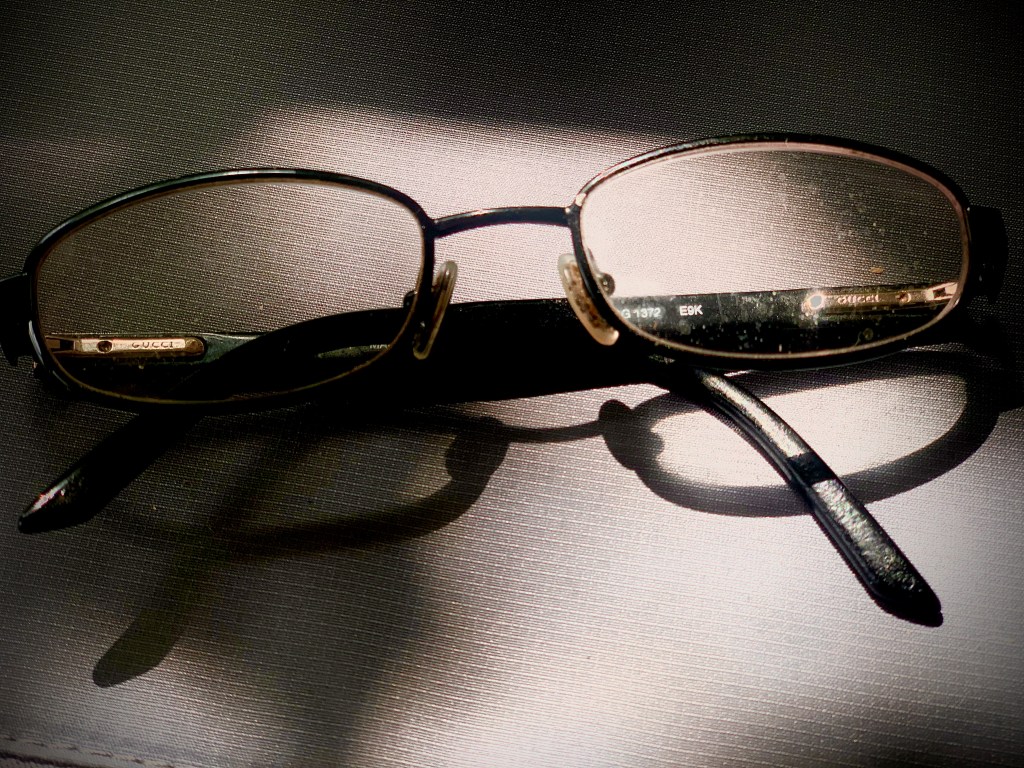
You must be logged in to post a comment.